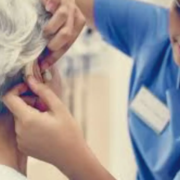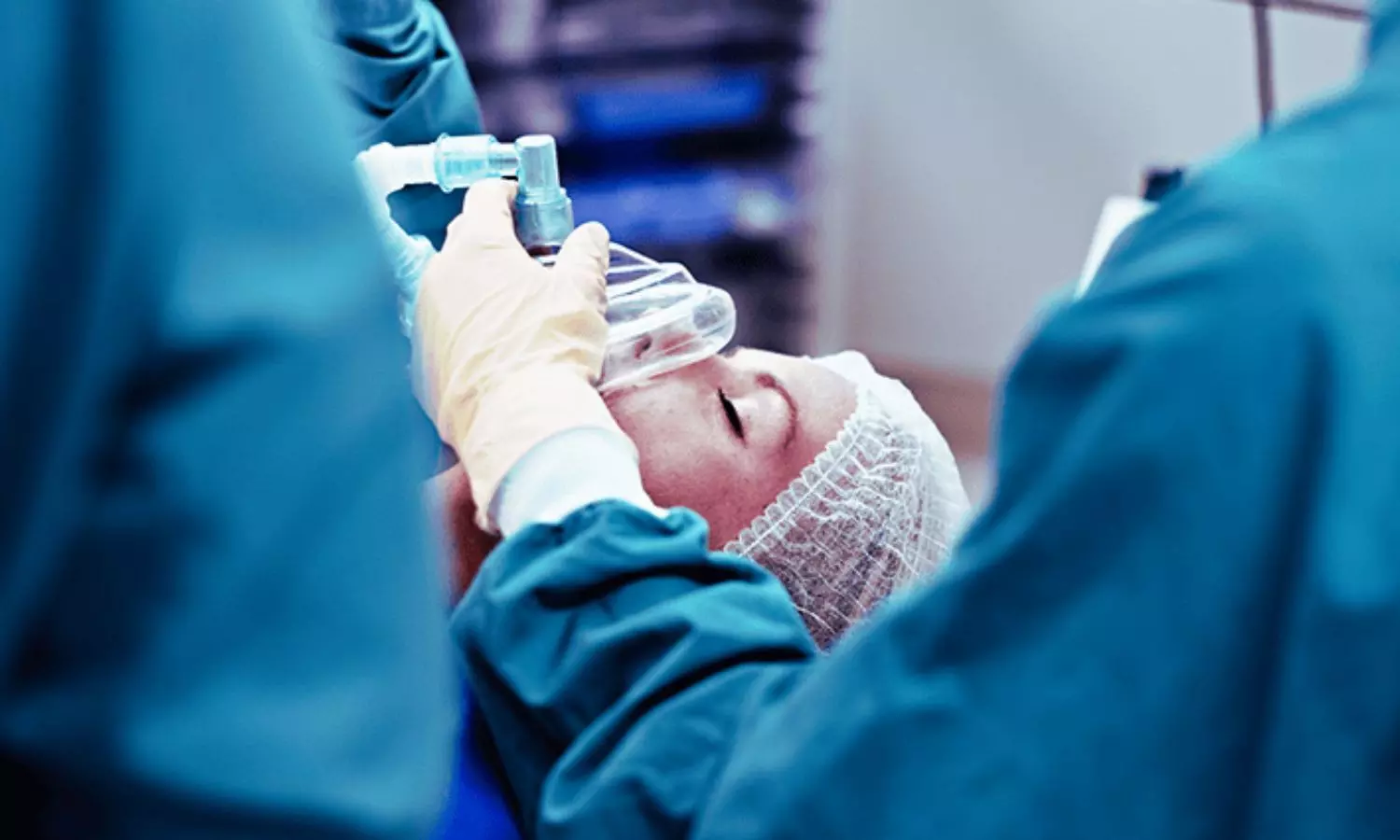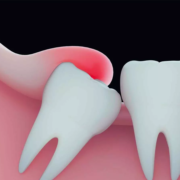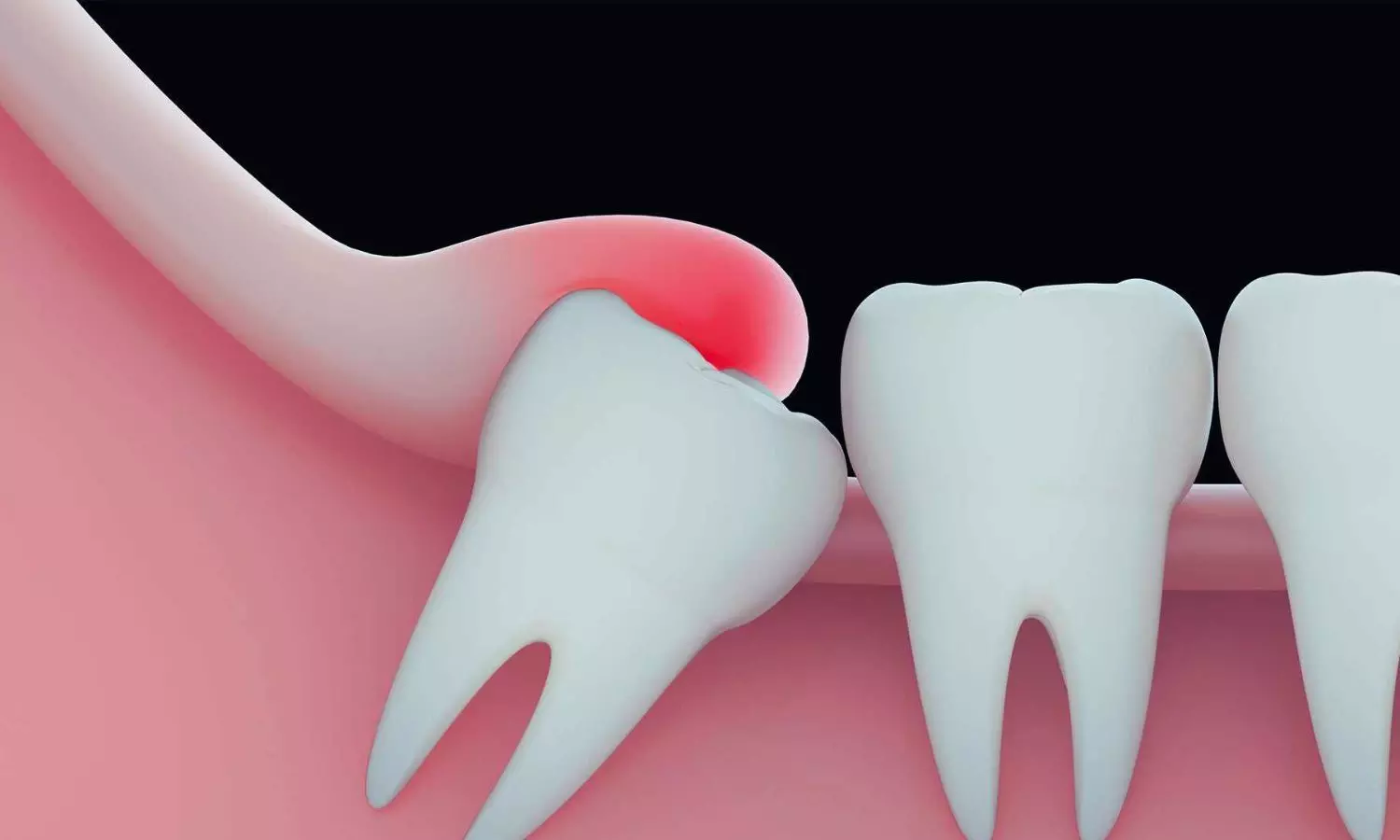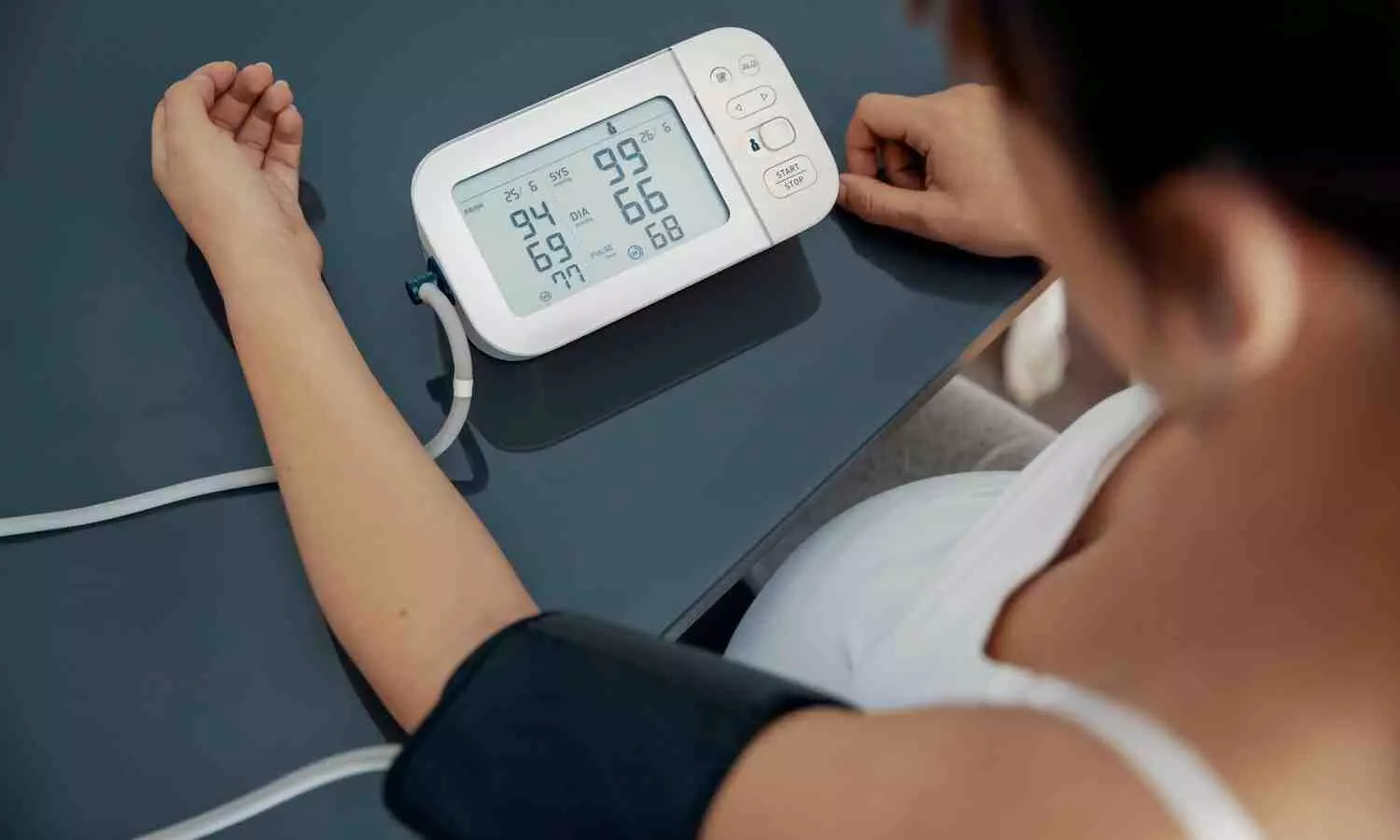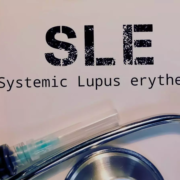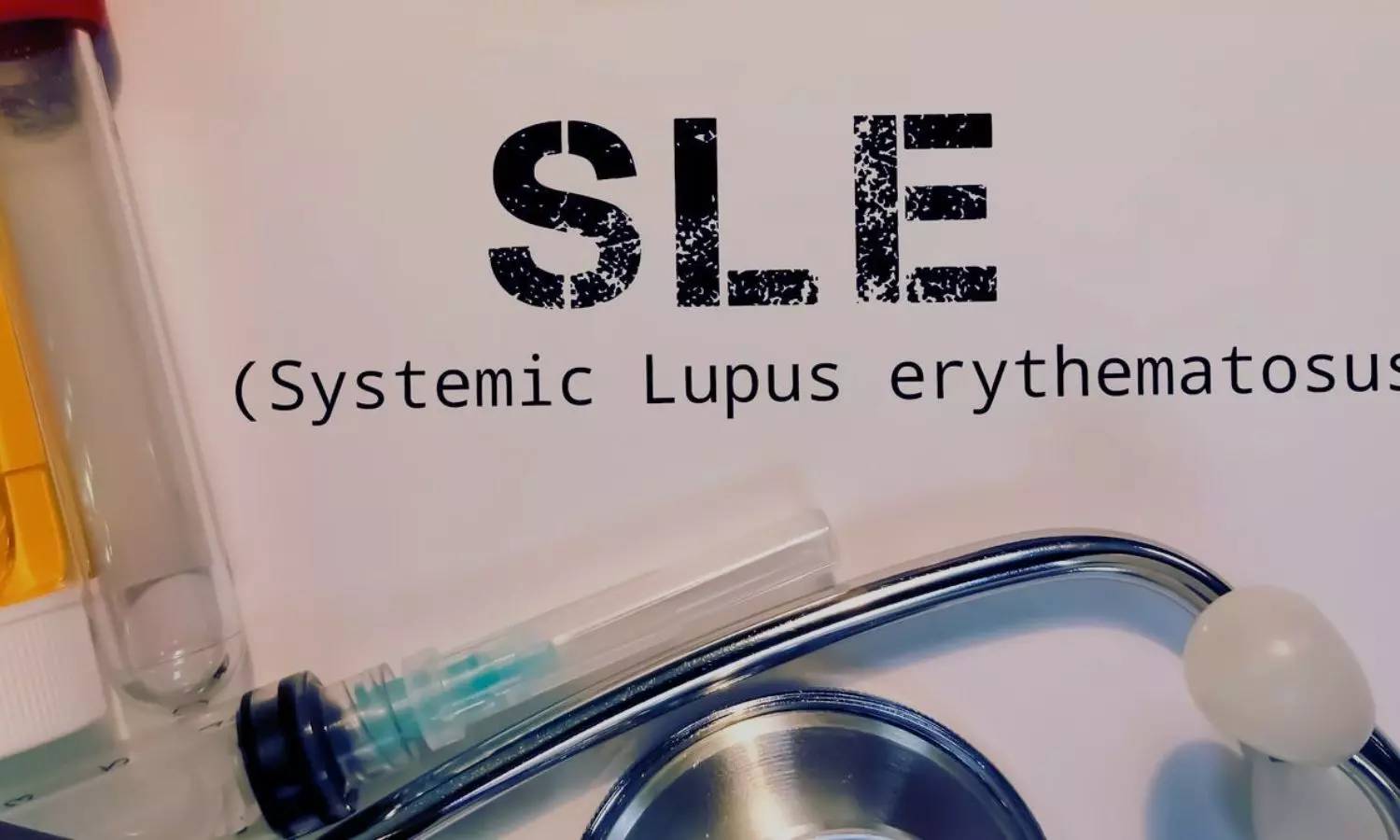Study Reveals High Risk of Cognitive Complaints Among Audiology Patients

Netherlands: A recent descriptive cohort study highlights a concerning trend in audiology clinics, revealing a significant prevalence of patient-reported cognitive complaints alongside several risk factors for dementia.
The study, published in the International Journal of Audiology, suggested a considerable risk of cognitive issues among the audiology clinic population, as evidenced by the elevated prevalence of self-reported cognitive complaints (SCC) and several dementia risk factors. The analysis of 1,100 patients attending audiology clinics revealed that more than 50% experienced challenges with memory and concentration.
“The findings highlighted a significant presence of dementia risk factors, with 68% of participants reporting sleep disturbances and over 50% exhibiting symptoms of sadness, anxiety, or depression. Additionally, self-reported hearing difficulties were closely linked to these cognitive issues, and feelings of loneliness and vision problems,” the researchers wrote.
Research on the relationship between hearing and dementia primarily seeks to establish the causal direction of this connection. However, there is limited understanding of the prevalence of cognitive issues within a representative audiology patient population. To address this gap, Paul Merkusa, Vrije Universiteit Amsterdam, Amsterdam, the Netherlands, and colleagues set out to investigate the frequency of SCC and dementia risk factors (RF) among patients in audiology clinics.
For this purpose, the researchers enrolled 1,100 patients visiting audiology clinics (51% female, average age 61 years) and administered an online intake tool based on the International Classification of Functioning, Disability, and Health.
The analysis focused on various domains, including memory and concentration (self-reported cognitive complaints), as well as loneliness, depression, sleep issues, and vision problems (dementia risk factors), alongside self-reported hearing difficulties. The study examined prevalence rates and explored associations with demographic variables and self-reported hearing problems.
The following were the key findings of the study:
- SCC was highly prevalent, with over half of the patients reporting memory or concentration problems.
- Regarding dementia RF, 68% reported sleeping problems, and > 50% reported sadness, anxiety, or depressed mood.
- SHP correlated significantly with self-reported memory problems, loneliness, and vision problems.
To conclude, the authors suggest that the audiology clinic population may face a significant risk for cognitive issues, as indicated by the elevated prevalence of self-reported cognitive complaints and dementia risk factors among participants.
Their findings underscore the importance of fostering closer collaboration between audiology and neurology care pathways, advocating for a more holistic and patient-centered approach. Furthermore, when cognitive issues are identified during the intake process at audiology clinics, assessments and communication can be tailored accordingly.
The authors also emphasize the need for future studies incorporating control groups, utilizing more detailed questionnaire items, and applying objective cognitive and hearing status measures to draw stronger conclusions regarding cognitive risks within the hard-of-hearing population.
Reference:
Poelarends, D., Kramer, S. E., Smits, C., & Merkus, P. (2024). The prevalence of patient-reported cognitive complaints and dementia risk factors in the audiology clinic. International Journal of Audiology, 1–8. https://doi.org/10.1080/14992027.2024.2406882
Powered by WPeMatico

